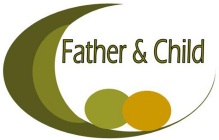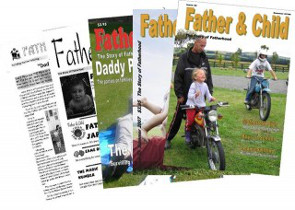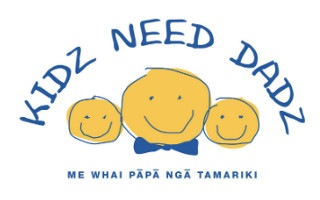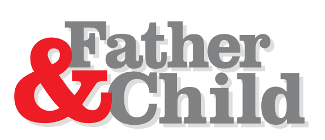It Takes A Village To Raise A Child
By Harald Breiding-Buss
Maori may yet have to teach Pakeha New Zealand something about child development, thinks Harald Breiding-Buss
Spending this year’s holidays in Northland with its high Maori population, I was desperately trying to find some of those 70% of Maori babies that, statistically, only have a mother.
But either all the other 30% live north of Auckland, or these statistics merely show a popular way of increasing state handouts to unemployed families. For if the father of your children is unemployed, you better not marry him and most of all don’t tell Work & Income he’s living with you.
Single mothers are substantially better off than married mothers with an unemployed partner.
The parks and beaches of the subtropical north were packed with groups of extended Maori families.
All of them had at least one adult male with them. Of course, they may not all have been the biological fathers of those children, but those kids certainly had plenty of access to adult males.
The whole concept of single motherhood or two-parent families may not apply to many Maori families anyway, for there is a Maori way of bringing up children that does not fit into these neat concepts.
Pakeha New Zealand has, unfortunately, become cynical about Maori culture, seeing it as little more than hakes and whatever is required to wrench expensive Treaty settlements out off the taxpayer. In fact, many
people doubt that a distinctive Maori culture still exists.
But our white culture is probably unique in its strong focus on the nuclear family, although this model has been exported very successfully along with white economic philosophies.
In Maoridom, or at least parts of it, however, the idea of community responsibility for raising children appears alive and well and is continuing Polynesian traditions.
Community responsibility means less parental responsibility and less parental supervision.
These responsibilities are shared. You will see many a Maori pre-schooler being comforted by a teenage sibling, relative or just a friend.
I saw many teenage Maori boys (and, of course, girls) in Northland carrying little crying children on their arms, trying to comfort them, or playing with them in those river pools.
Who their parents were was, more often than not, less than obvious.
As one spin-off of this, the adult Maori men did not display the awkwardness, the nervous looking around for fear of being watched, that has become such a depressing trademark of white men, when around children.
There is an anecdote about a white mother whose boy was hit on the playground by a Maori boy of about the same age. She went looking for the boy’s parents and found them in a nearby house. On reporting what happened, the Maori mother replied to her: “So, why do you come to me? Tell him off!”
The Maori mother would expect any adult to take responsibility for all children around her on the basis of what she would consider common-sense (or in other words: values shared by the community), while the Pakeha mum would be anxious not to interfere with another parent’s parenting, which can be wildly different between one white parent and another.
It is easy to see how both might consider the other a bad parent!
A friend of mine, who has been living in a small Tongan village for five years reported how amazed he was about the abilities of community-raised young children. “An average Tongan 5-year old boy can safely build a fire or climb a coconut palm tree”, he said.
An average white 5-year old would not even be let near high trees alone fire.
Living on a small patch of land, separated from the community by high fences, caged in at 100% safe childcare centres — no wonder that Playcentre and Kindergarten supervisors report problems with 4 year old boys (and quite a few girls as well).
And no wonder that later in life risk-taking is developed into an art by teenagers.
In this sterile and hyper-safe environment with boring toys we call educational, the natural drive to learn physical and social skills is stifled, not furthered. What has been repressed for so many years finds its way out in sometimes violently destructive ways.
My guess is that this stifling of skill growth in young white children, especially boys, has a lot to do with the almost complete removal of adult males from their everyday lives. A lot of men are more hands-off, favour exploration over safety.
This component is badly missing in today’s early childhood education, and this is probably a big reason why all those unemployed or retired men do not get involved with it, although they would have the time to.
The downside of more communal but less parental responsibility – and less obsession with safety – is more accidents, of course, and that means that the chances of reintroducing a more relaxed style of bringing up our children are dim.
On the altar of safety we are willing to sacrifice our joy of life, and ultimately our children’s.
Next: Destination: Unknown




